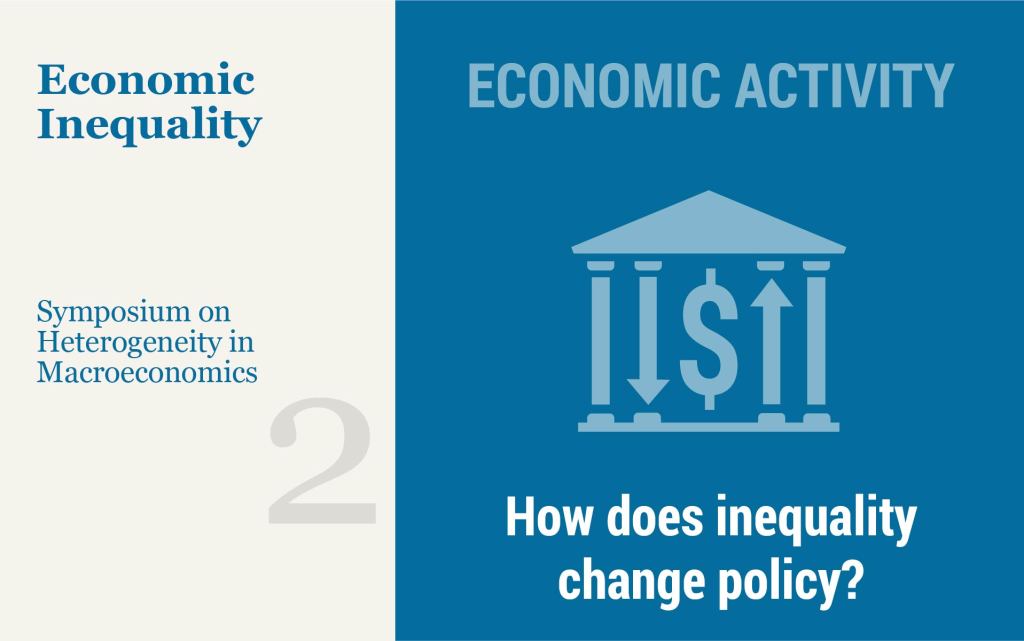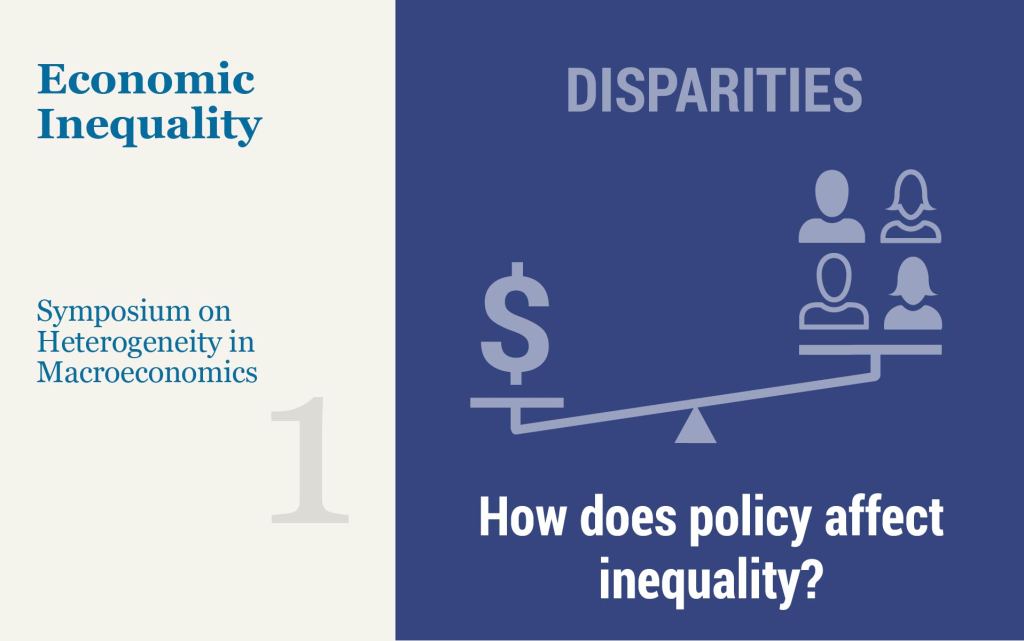
At its June 2021 meeting, the FOMC maintained its target range for the fed funds rate at 0 to 25 basis points, while two of the Federal Reserve’s administered rates—interest on reserve balances and the overnight reverse repo (ON RRP) facility offering rate—each were increased by 5 basis points. What do these two simultaneous decisions mean? In today’s post, we look at “technical adjustments”—a tool the Fed can deploy to keep the FOMC’s policy rate well within the target range and support smooth market functioning.



















 RSS Feed
RSS Feed Follow Liberty Street Economics
Follow Liberty Street Economics